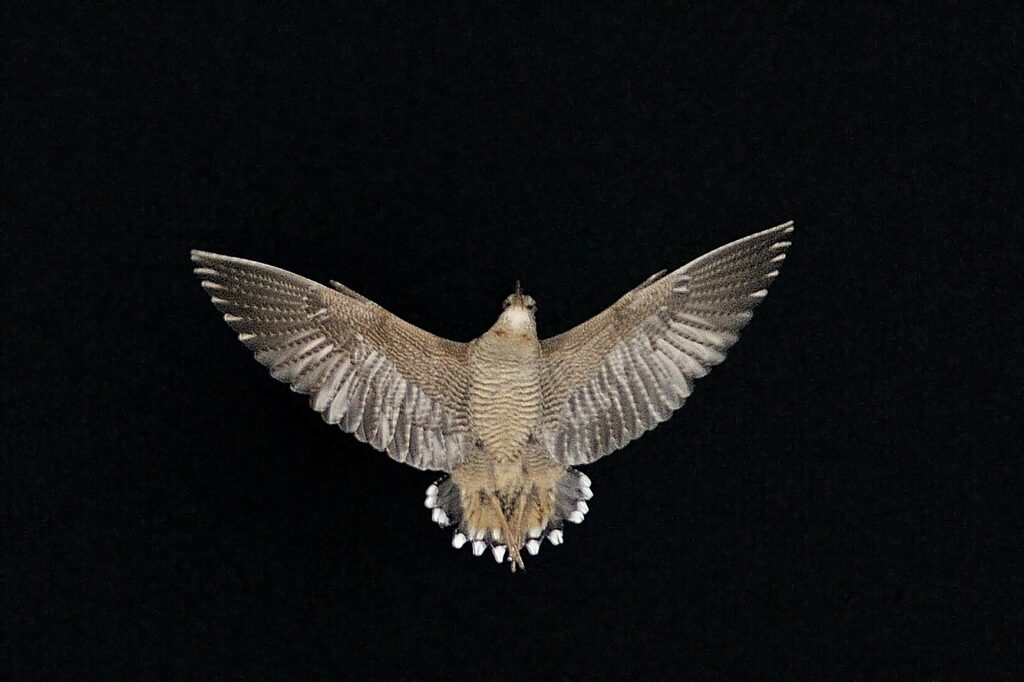The Eurasian woodcock (Scolopax rusticola) uses its bright white tail feathers to communicate in semi-darkness, reflecting over 30% more light than any other known bird, according to a new study. The findings surprised researchers, who believe there’s more to learn about how birds that are active at night or at dawn and dusk communicate.

While birds that are active during the day have colorful feathers, which they use to communicate between each other, birds that are active at night have a more muted appearance and are believed to engage through sounds or chemicals. However, some have white patches, which may be used to communicate if they are reflective enough.
“Bird enthusiasts have long known that woodcocks have these intense white patches, but just how white they are and how they function has remained a mystery,” Jamie Dunning, study lead author and UK researcher, said in a statement. “From an ecological perspective the intensity of the reflectance from these feathers makes sense.”
Woodcocks and their shiny feathers
Woodcocks are found across much of Europe and Asia, breeding in the north in the summer and then taking a break in the winter in warmer weather. They have a plump body, slender legs, and a long bill that’s ideal for trapping invertebrates to eat. They tend to live inland by the margins of forests, blending well due to their mottled brown.
They have patches of white feathers on the underside of their tail, which are exposed only when it raises its tail or during courtship display fights. However, as they are active during low light periods, these patches need to reflect as much light as possible to attract attention, which is what Dunning and his team set on to investigate further.
The researchers measured the brightness of the white patches by using electron microscopy, optical modeling and spectrophotometry. The reflectance of the feathers was 30% higher than any previously measured feather. Even when compared to bird species with known brighter whites, such as snowy owls, the woodcocks came on top.
Feathers have a central stem with lumps known as rami, forming the bulk of the structure. They are held together by Velcro-like “barbules”. In the woodcock’s feathers the rami are thickened and flattened, which increases the area for the light to bounce off and makes it less likely for the light to pass between the barbs without being reflected.
The researchers found that the thickened rami in woodcocks are formed by a network of keratin nanofibers and scattered air pockets. This creates interfaces that can scatter light, increasing the feathers’ diffuse reflectance. Also, the rami and the barbules were found to be arranged to create a Venetian-blind-like effect that further increases the surface area.
“This research is a brilliant combination of using museum specimens and cutting-edge tools to try and understand this phenomenon. Being able to see whether closely related species or species with similar ecology also had these incredibly white feathers was a key bit of figuring out the story,” Alex Bond, a study author, said in a statement.
The study was published in the Journal of the Royal Society Interface






